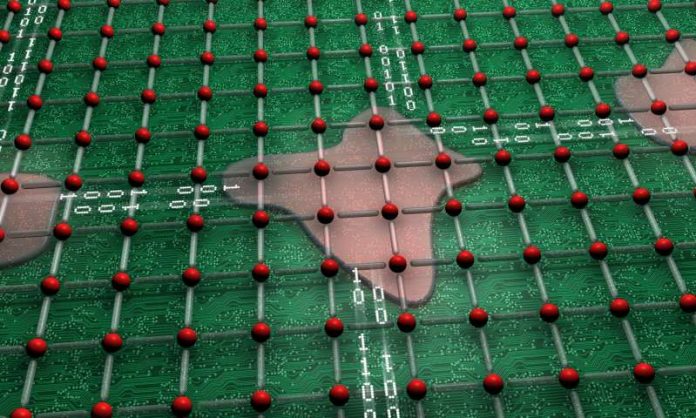
Silicon Is The King
At the forefront of computing technology for decades, the reign on silicon chips may soon be over, as chip designers at present are looking for other materials that offer extra options and more wonderful abilities than the silicon everyone knows and loves . ( LOVES? 😯 ).
This new trend has spurred the fellows at Oak Ridge National Laboratory (ORNL) to develop what could possibly be the foundation for multi-role computer chips.
In a latest study by the scientists from ORNL, they looked at single crystal complex oxide materials at the very smallest levels. They discovered that contained in just one piece of this material were multiple tiny regions that each responded to magnetic and electrical stimuli in a different way.
This is due to a characteristic called phase separation, and it means the individual regions inside one piece of material could be controlled in a number of ways, similar to multi-component electrical circuits.
“Within a single piece of material, there are coexisting pockets of different magnetic and/or electronic behaviors, The fact that it’s possible to additionally move these elements around provides the intriguing opportunity of creating rewritable circuitry within the material.” Zac Ward, the research paper’s corresponding author
Single Chip, Many Functions

This development implies that designers can move away from the “one-chip-fits-all” strategy. Instead of utilizing chips that can carry out just one function, we can create computer chips that are multi-functional. It additionally paves the way for smaller chips because the material holds many circuit components at the nano-scale level.
This is but one of the new developments from ORNL that might revolutionize the chip business. They’re also engaged on a technique to write tiny patterns on metallic ink, a miniature version of the printed circuit boards and chips we have at present.










































